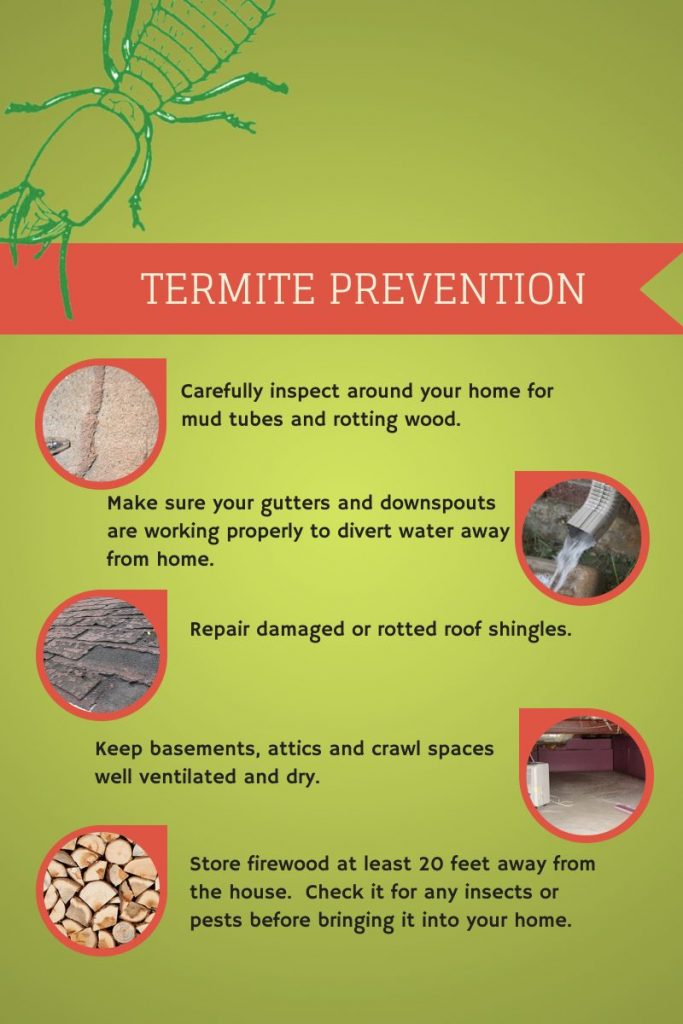Termite infestations can be a major problem for homeowners. In addition to causing structural damage to your home, these pests can also cause significant financial losses. Fortunately, there are a few proven tips that homeowners can use to keep termites away from their homes and protect their homes from infestation. In this article, we will explore some of these tips and provide guidance on how to best protect your home from termites.
What are Termites?
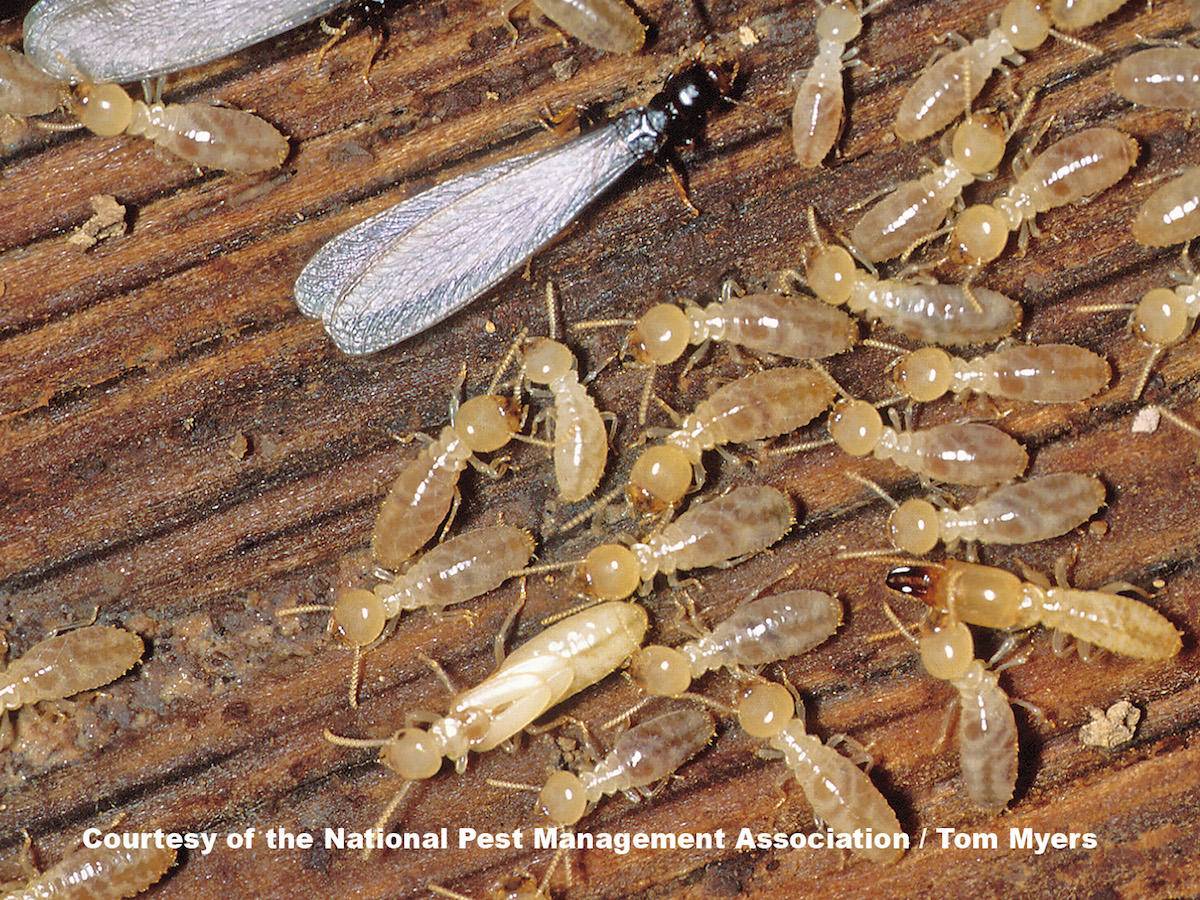
Termites are small, wood-devouring insects that live in colonies, often hidden within the walls of homes and other buildings. They feed on cellulose, which is found in wood and in the paper and cardboard used in many home construction materials. Termites can cause extensive damage to wood and other organic materials, making them a costly and destructive pest.
Types of Termites
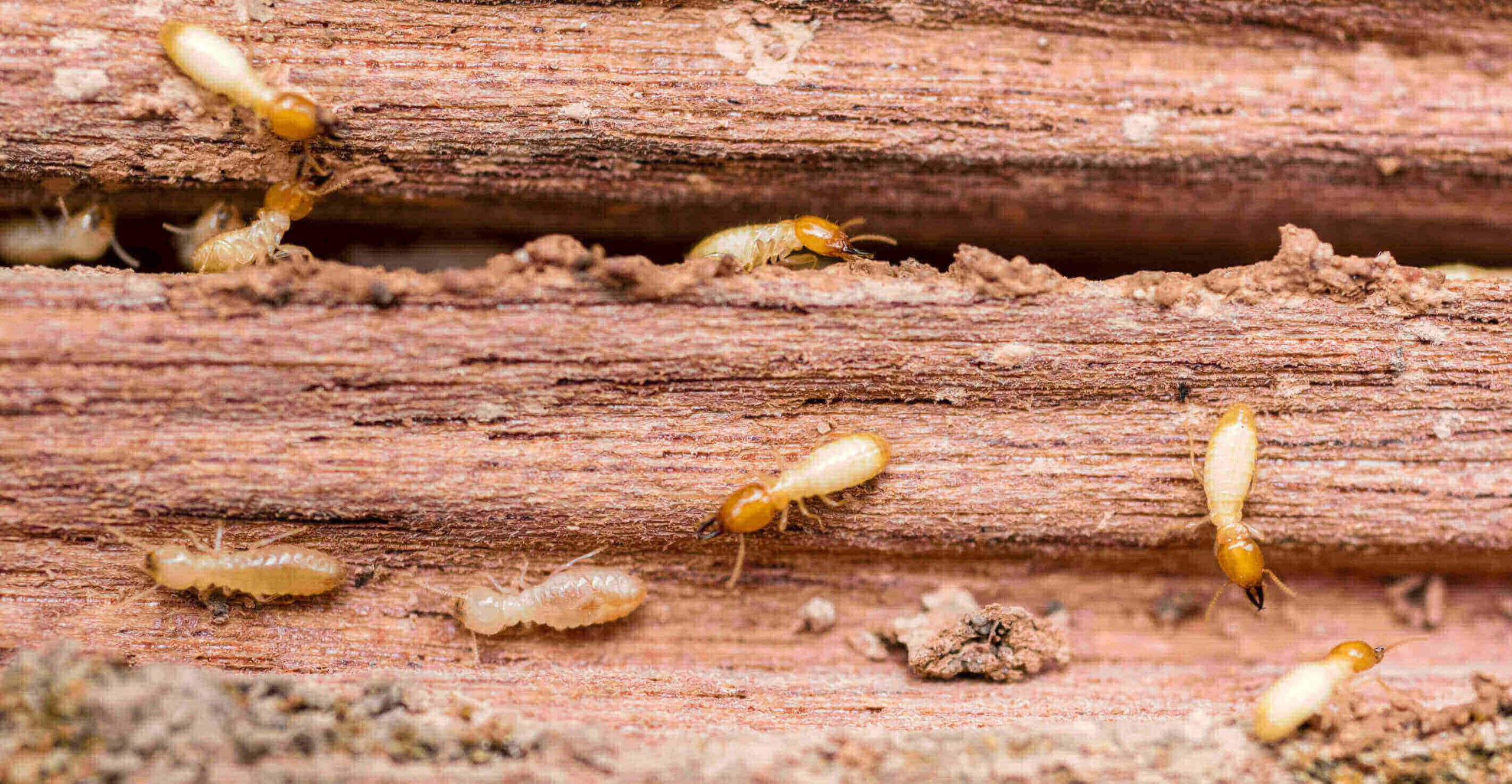
- Subterranean Termites
- Drywood Termites
- Formosan Termites
- Conehead Termites
- Coptotermes Formosanus
- Dampwood Termites
Subterranean termites are the most common and widely distributed type of termite in the world. They live in the soil, and build their nest underground. They need moisture to survive, so they build mud tubes to travel from their nest to their food source. Drywood termites live in dry, above-ground wood and do not require contact with the soil. They can be found in attics, dead trees, and other dry wood sources. Formosan termites are an invasive species of termite found in many coastal regions. They form large colonies, and can cause significant damage to structures. Conehead termites are named for their cone-shaped heads, and are found in the southeastern United States. They build nests in dry and damp wood and can cause extensive damage to structures. Coptotermes formosanus is a type of subterranean termite found in tropical and subtropical regions. They are highly destructive and can cause extensive damage to structures. Dampwood termites are found in moist wood and feed on dead wood and woody debris. They can cause significant damage to structures if left unchecked.
Termites and Homes
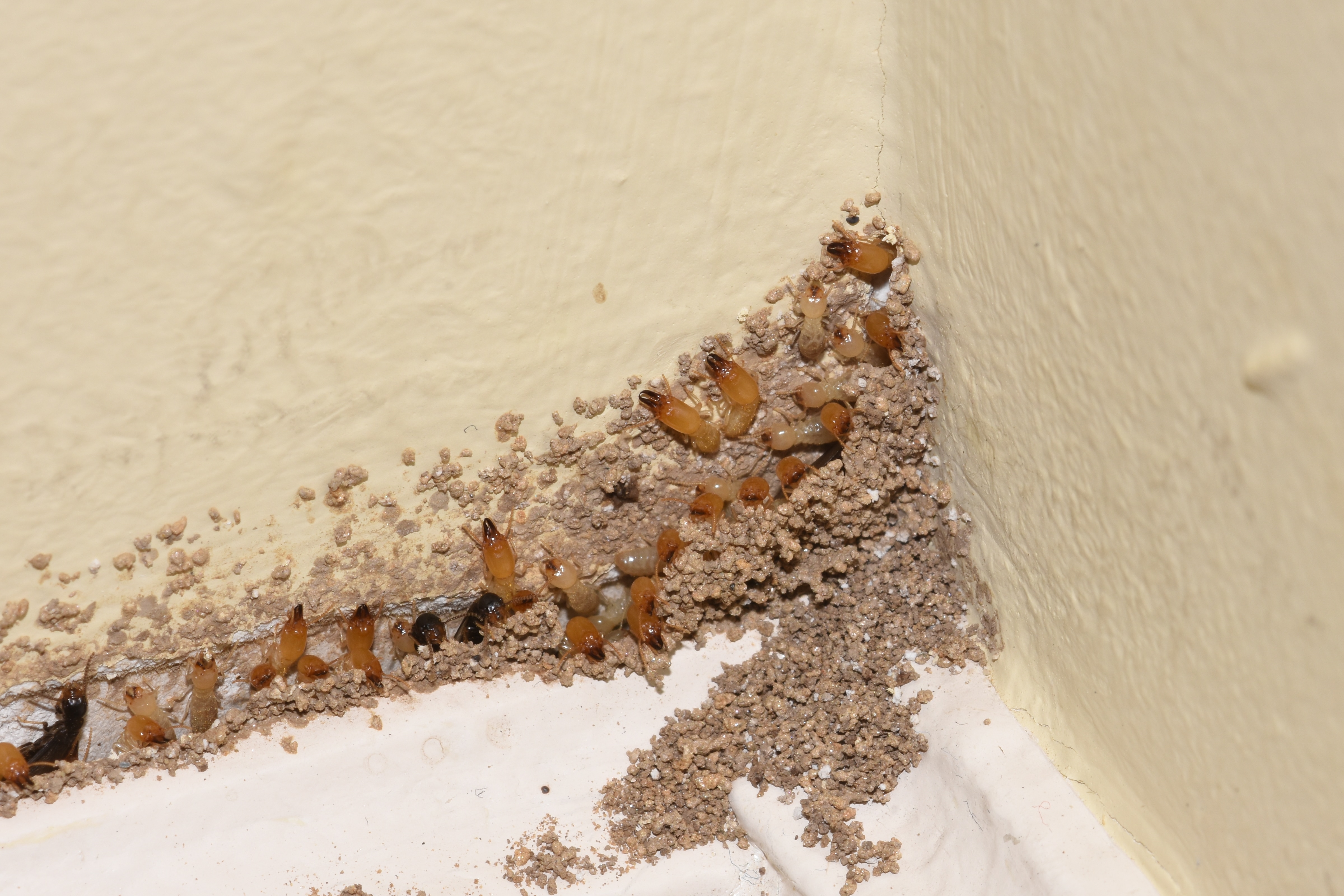
- Inspect your home for signs of termites.
- Eliminate sources of excess moisture, such as leaky pipes or clogged drains.
- Remove wood debris from your yard and near the foundation of your home.
- Ventilate crawl spaces and attics.
- Keep the soil around your foundation dry.
- Keep gutters and downspouts clear of debris.
- Replace any damaged or rotted wood around your home.
- Seal cracks and crevices around doors, windows and other openings.
- Store firewood and lumber away from your home.
Signs of Termites
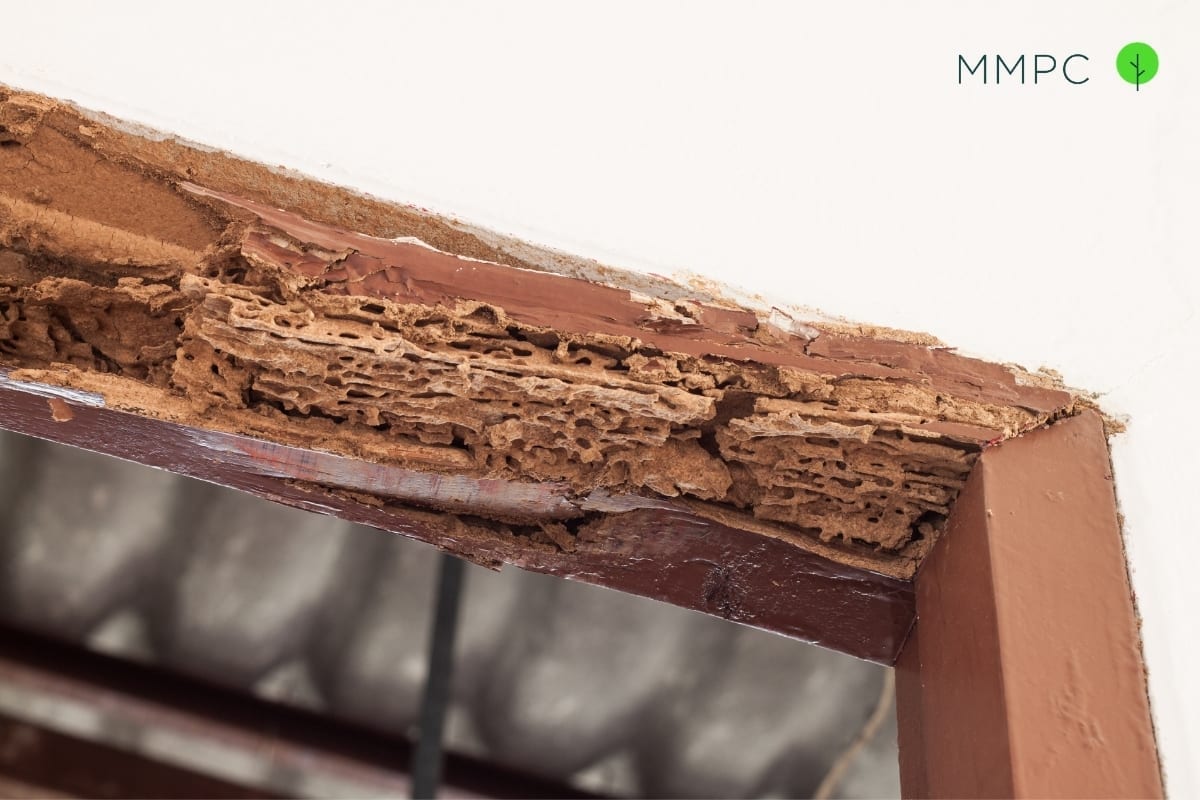
Termites can be difficult to detect as they often remain hidden within the walls of a home. Early detection is key to avoiding costly damage. Warning signs of termites include the presence of mud tubes, which are often found near the foundation of a home, and the presence of wings and piles of discarded wings near windows and doors. Additionally, termites can produce a faint, rustling sound within walls, and when walls are tapped, a clicking sound can be heard. Finally, if there are visible, hollow-sounding spots on walls, floors or ceilings, it could indicate that termites have hollowed out the wood.
Termite Prevention
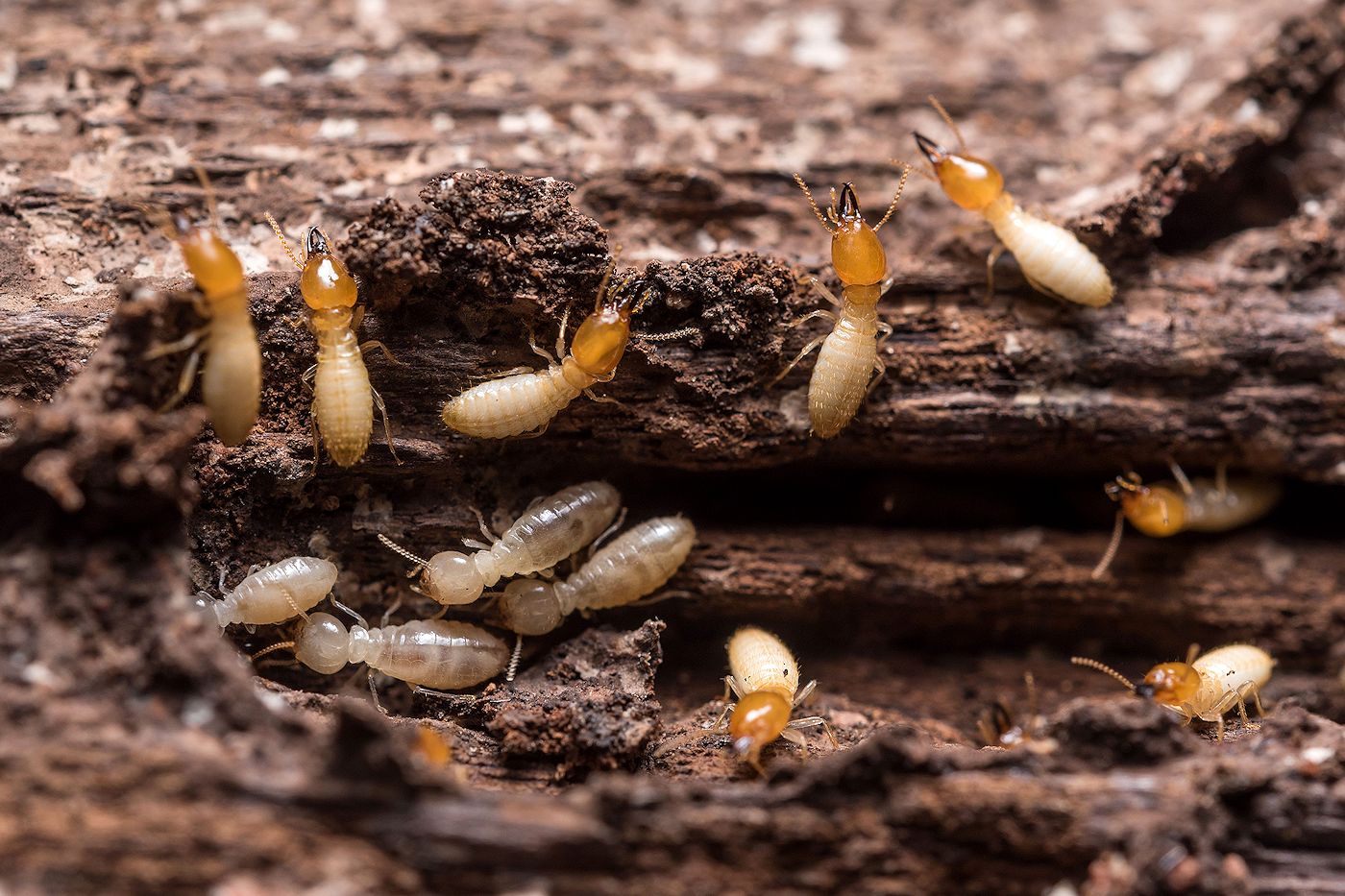
- Make sure to maintain a clean and dry environment around the foundation of your house.
- Avoid leaving any wood or paper products near the outside of your home.
- If you have any wood debris or stumps on your property, make sure to remove them.
- Check for any signs of termite activity, such as mud tubes or discarded wings, around your home.
- Make sure to check for standing water or moisture around your home as this can attract termites.
- Check for any cracks and crevices around your home and seal them off.
- Replace any wood that may be damaged by termites.
- Consider having a professional pest control expert come and inspect your home for termite activity.
Keep Moisture Away

- Inspect your home for plumbing leaks, roof leaks, and other sources of moisture.
- Repair any leaks or water damage you find.
- Install a dehumidifier in damp areas of your home.
- Check areas that are prone to moisture, such as bathrooms, basements, and attics.
- Clean and repair gutters regularly to ensure proper drainage.
- Make sure window wells are properly drained.
- Replace weatherstripping around doors and windows to prevent moisture from entering.
- Install a sump pump to remove water from the basement.
- Keep the area around the foundation of your home clear of debris.
- Check for clogged drains and repair them as needed.
- Keep the soil around your home slightly sloped to direct water away from the foundation.
Remove Sources of Food and Shelter
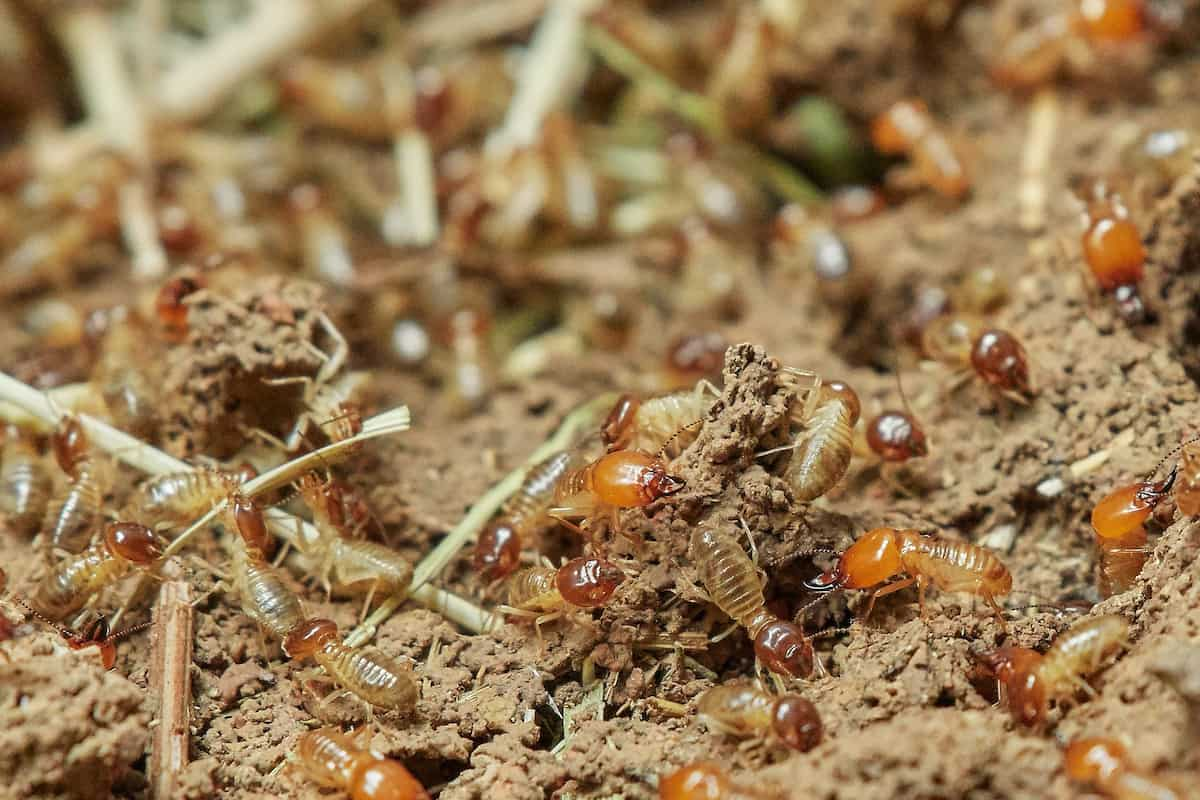
To prevent termites from invading your home, it is important to remove sources of food and shelter. This includes:
| Source | Removal |
|---|---|
| Wood debris | Clean up and remove any wood debris, such as fallen branches, from around your home. |
| Stumps or logs | Remove any stumps or logs from the vicinity of your home. |
| Leaking water | Fix any leaking pipes, faucets, or other sources of water to prevent termites from using them as a source of moisture. |
| Dead plants | Get rid of any dead plants, leaves, grass clippings, or other organic debris that can provide a food source for termites. |
| Excess moisture | Reduce moisture levels in and around your home by using dehumidifiers and fixing any leaking pipes. |
These measures will help to reduce the chances of termites finding a suitable food or shelter source in or around your home.
Store Firewood Away from Home
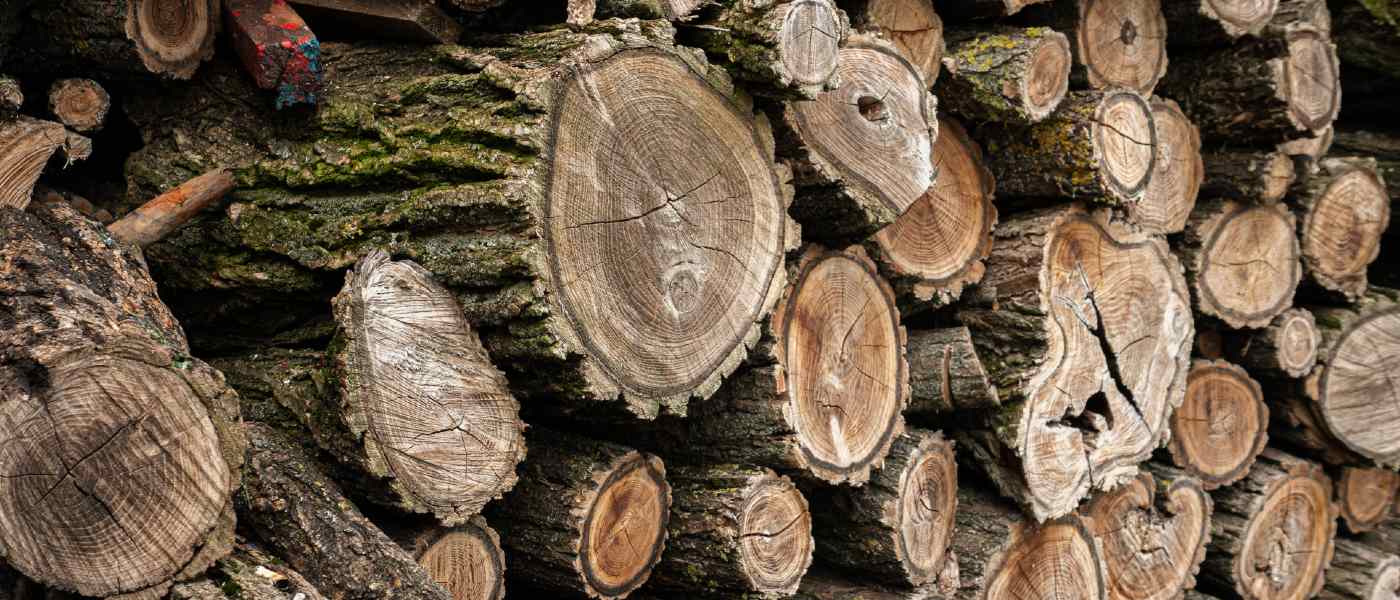
Firewood is the ideal environment for termites. Keeping firewood away from your home can help prevent termites from coming near your home. Store firewood at least 20 feet away from the home, preferably in an area that has good drainage. Keep firewood off the ground, away from the house, and in an area that is not easily accessible to termites. Make sure that firewood is not placed close to your foundation, or near any cracks or crevices. If you must store firewood near your home, keep it in a shed or other enclosed structure and make sure that there is no direct contact with the ground. Make sure that your shed has a tight-fitting lid, and is regularly inspected for any signs of termite activity.
Seal Vulnerable Areas
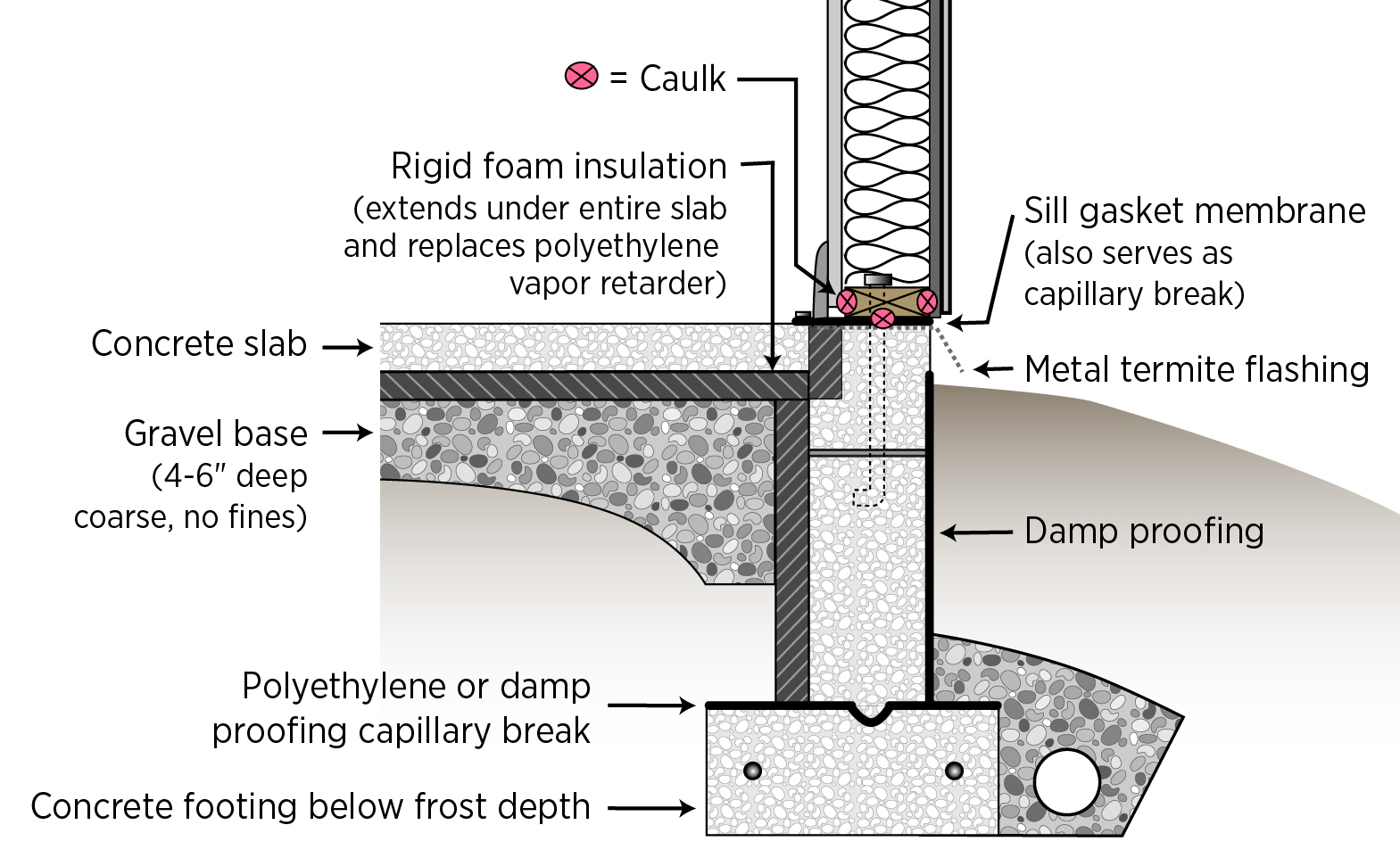
- Check the exterior of your home for any cracks or crevices in the foundation and seal them with caulk.
- Check the interior walls and floors for any cracks or crevices and seal them with caulk or expanding foam.
- Check the exterior of windows and doors for any gaps and seal them with weather-stripping.
- Check the interior of windows and doors for any gaps and seal them with caulk.
- Check the exterior of pipes and vents for any gaps and seal them with caulk.
- Check the interior of pipes and vents for any gaps and seal them with caulk.
- Check the exterior of the roof for any gaps and seal them with caulk or expanding foam.
Use Chemical Barriers
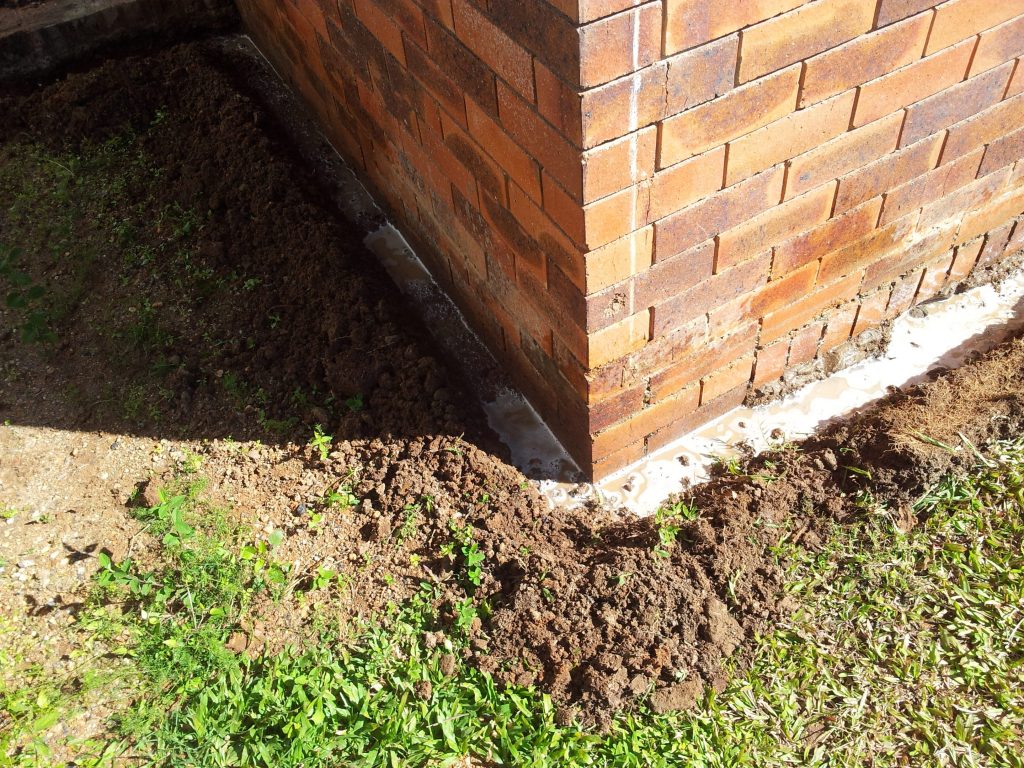
Chemical barriers form a protective layer around the perimeter of your home that prevent termites from entering. These barriers use insecticides and other materials to create a chemical boundary that termites cannot cross. The chemicals in these barriers are safe for humans and pets, but provide an effective deterrent for termites. When installing a chemical barrier, it is important to use an experienced pest control professional who can correctly identify and target the areas where termites are likely to enter your home.
Monitor for Infestations
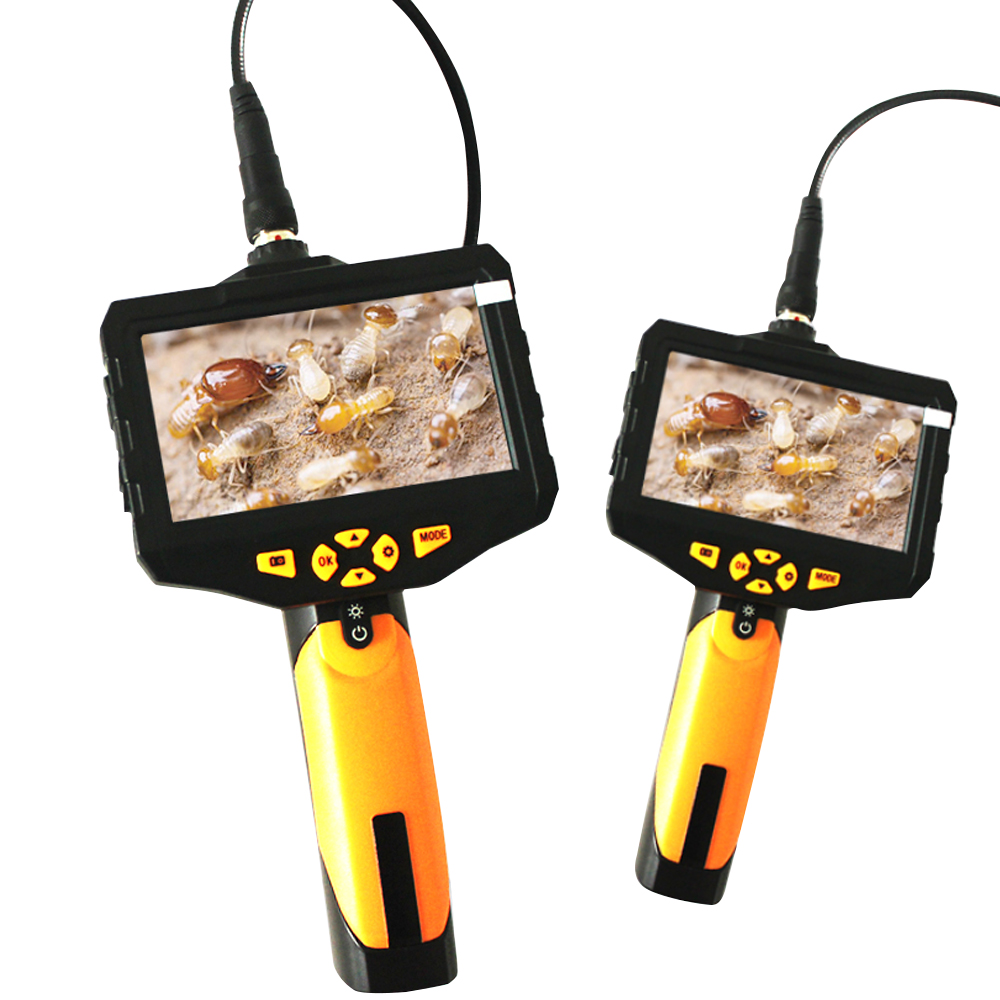
- Regularly inspect your home for signs of termites, such as mud tubes and droppings.
- Look closely at wood structures in your home, such as walls, floors, and furniture, for signs of termite damage.
- Check around windows, door frames, and other possible entry points for signs of termites.
- Check your basement and attic for any signs of termites.
- Inspect outdoor areas such as wooden decks, fences, and other wood structures for signs of termite infestations.
Treatment of Infestations
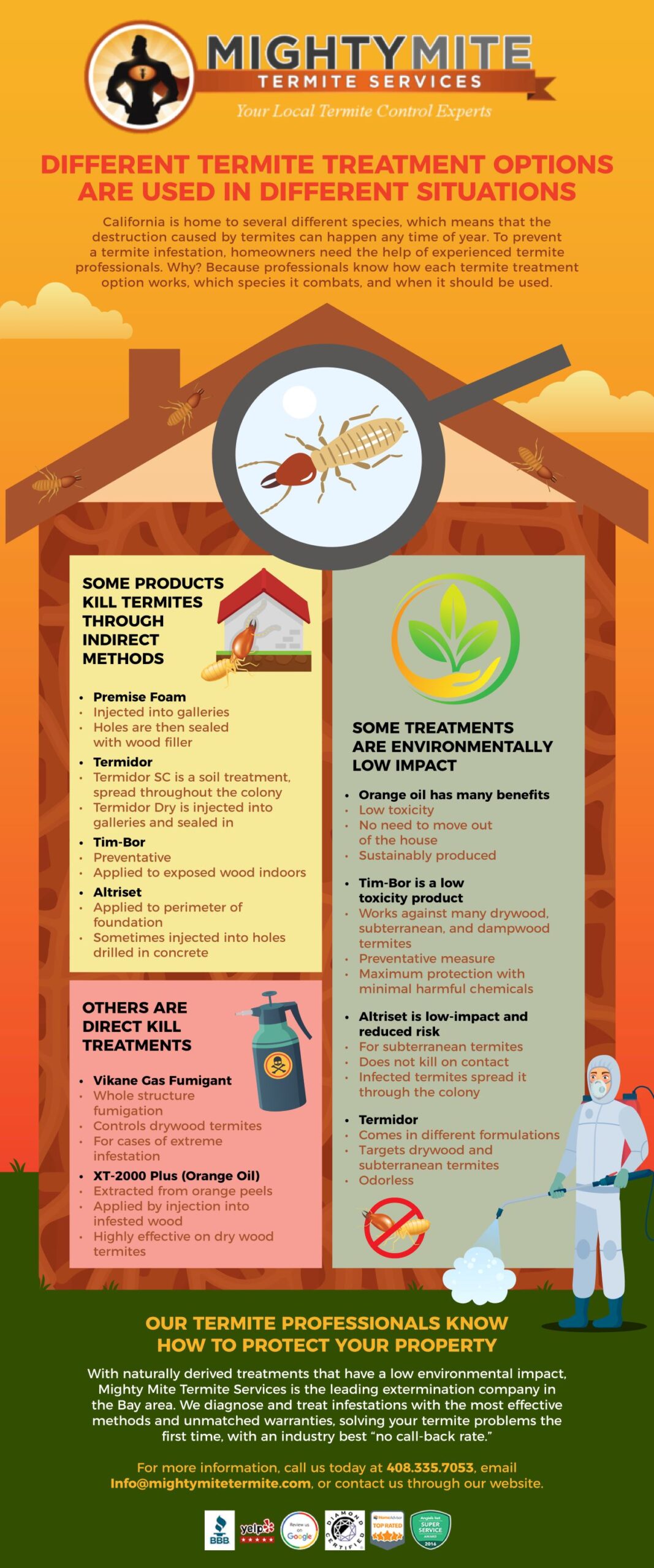
If you already have a termite infestation, it is important to contact a pest control professional immediately. Pest control professionals can help assess the scope of the infestation and develop a treatment plan. This plan may involve using termiticides to kill the termites, and/or using baiting systems to monitor and control the termites. In some cases, physical removal of the termites may be necessary. After treatment, it is important to monitor the area regularly to make sure the infestation has not returned.
Physical Removal
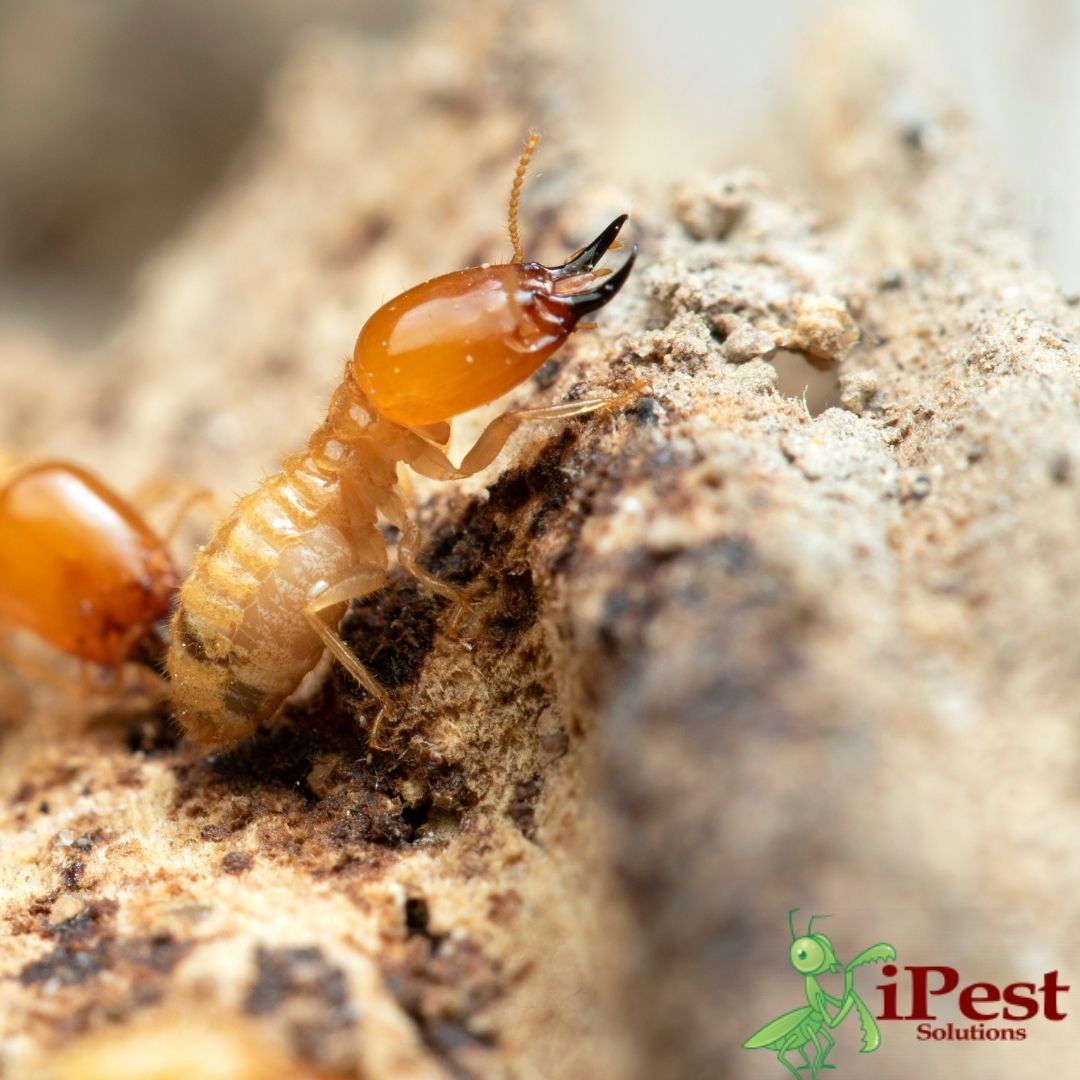
| Location | Method |
|---|---|
| Wooden Structures | Removal of any wood that has been infested by termites. |
| Trees | Cutting down of any trees that are infested by termites. |
| Dead Wood | Removal of any dead wood that may be a potential food source for termites. |
| Mulch | Removal of any mulch that may be a potential food source for termites. |
Physical removal is the process of removing any materials that may be a food source for termites. This includes removing any wooden structures, cutting down any infested trees, and removing dead wood and mulch that may be a potential food source.
Use of Pesticides
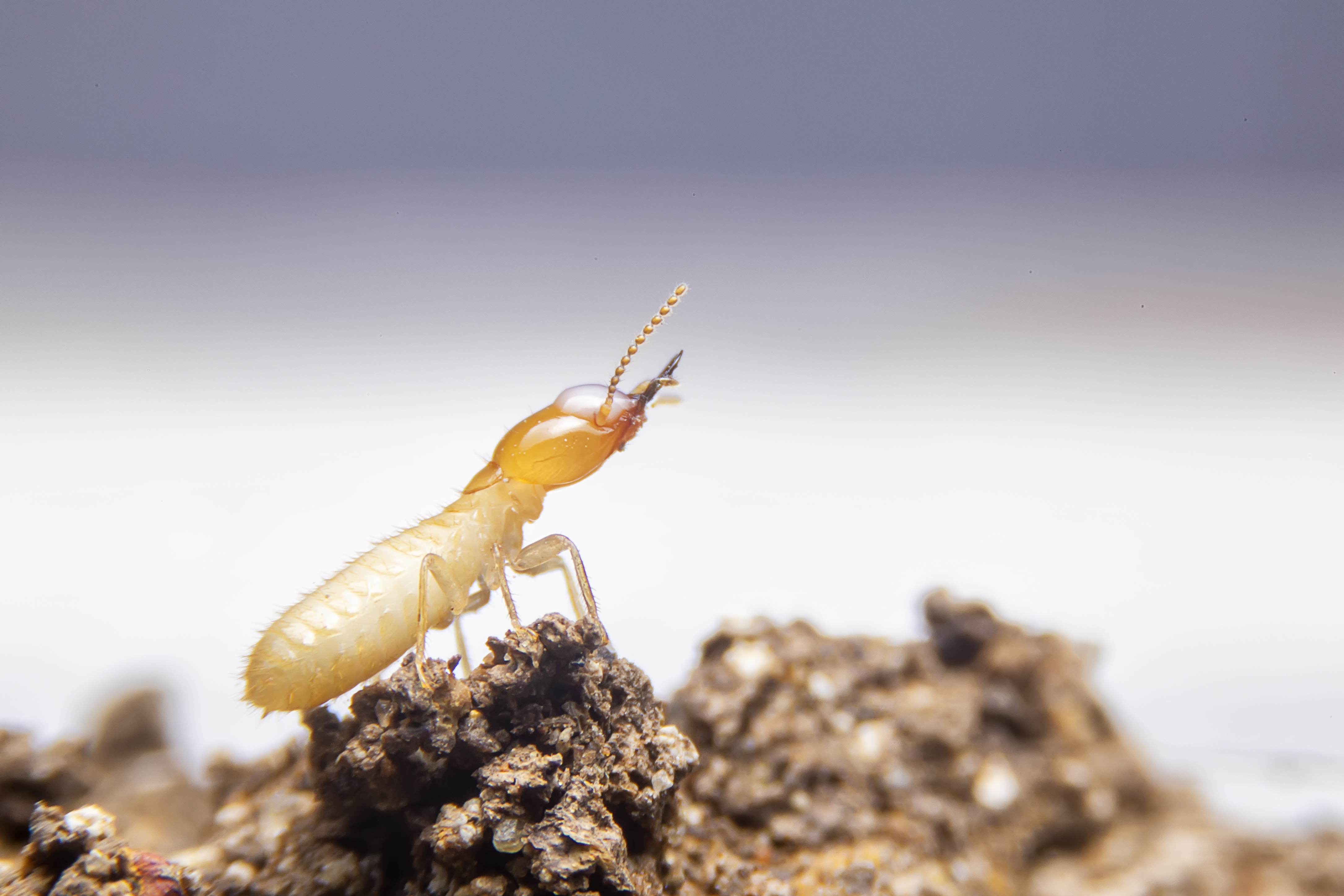
Pesticides are commonly used to treat termite infestations. Different types of pesticides are available, such as liquid or granular, to target different stages of termite life cycles. They are usually applied to the soil around the foundation of the home and can be effective at controlling termite populations. However, it is important to note that pesticides may not be effective at eliminating the entire population and may require repeated applications.
| Pesticide Type | Target |
|---|---|
| Liquid | Winged termites, reproductives, and workers |
| Granular | Subterranean termites |
Before applying any pesticide, it is important to read the label to ensure proper application. Additionally, it is important to consider potential risks associated with pesticide use, such as potential contamination of groundwater and other environmental impacts.
Heat Treatment
Heat treatment is a chemical-free method of getting rid of termites. It involves using specialized equipment to heat the affected area to temperatures of up to 120°F (49°C). This kills existing termites and prevents new ones from invading. Heat treatment is usually done outdoors, but indoor treatments are possible in some cases. It is important to note that heat treatments must be done by a professional in order to be effective.
Pros and Cons of Treatments
- Treatment with Insecticides: Pros – insecticides are effective in killing termites and can provide long-term protection. Cons – most insecticides are toxic to humans and animals and can be harmful to the environment if not used properly.
- Treatment with Heat: Pros – heat treatment is a non-toxic method of eradicating termites from an area. Cons – heat treatment is expensive and can only be used in a limited area.
- Treatment with Baiting: Pros – baiting is a safe, non-toxic method of eliminating termites from an area. Cons – baiting can be expensive and may not be effective in all cases.
- Treatment with Physical Barriers: Pros – physical barriers are an effective way of preventing termites from entering a structure. Cons – physical barriers can be expensive to install and may not be effective in all cases.
Frequently Asked Questions
What are the proven tips to protect my home from termite infestation?
• Eliminate moisture around and in your home. Repair any leaks and make sure gutters are in good condition.
• Remove wood debris and rotting wood.
• Reduce wood contact with the soil.
• Keep mulch away from foundation walls.
• Seal cracks and crevices in the foundation and exterior walls.
• Store firewood away from the home.
• Install physical barriers like metal flashing to help block termites.
• Have your home inspected annually by a professional pest control service.
How can I keep termites away from my home?
To prevent termites from infesting your home, it’s important to take proactive steps. Here are some tips to keep termites away:
• Eliminate moisture buildup in and around your home as much as possible, as termites require moisture to survive.
• Seal any cracks or crevices in your home’s foundation, as well as around any pipes or vents, to prevent termites from entering your home.
• Remove wood debris from your yard, as it can be a potential food source for termites.
• Inspect your home’s foundation and walls regularly for any signs of termite activity.
• Use termite treatments, such as baiting systems or liquid treatments, to protect your home.
Are there any preventative measures I can take to avoid termites in my home?
To keep termites away from your home, regularly inspect your property for any signs of termite infestation, such as discolored wood, mud tubes, and visible termites. Seal any cracks and crevices in the foundation, as well as any holes in the walls and flooring. Make sure to repair any water damage, as termites thrive in moist environments. Consider using a termite treatment system like baiting or liquid termiticides to protect your home. Finally, keep firewood or other cellulose materials away from your home and remove any dead tree stumps or rotting wood from your yard.
What are the signs of a termite infestation in my home?
Termite infestations can be difficult to detect without a trained eye. Signs of a termite infestation may include evidence of mud tubes, wood damage, and winged termites. Mud tubes are made from soil, wood, and saliva and are used by the termites to travel between food sources. Wood damage can include thin layered lines, hollowed wood, or wood that sounds hollow when tapped. Winged termites, or swarmers, are usually seen when the termite colony is maturing.
How can I detect the presence of termites in my home?
Termites can be difficult to detect since they remain mostly hidden from view, but there are several signs that can indicate the presence of termites in the home. These include piles of wings (termites shed their wings after mating), thin pencil-like tubes of mud on the walls of the home, hollow sounding wood, and piles of sawdust near the base of wooden furniture. If any of these signs are observed, it is important to contact a professional pest control service to assess the situation as soon as possible.
Conclusion
Preventing a termite infestation in your home should be a priority. To keep termites away, you should inspect your home regularly, fix any water leaks, reduce moisture levels, store firewood away from the house, and use chemical treatments. If you suspect a termite infestation, contact a pest control professional for an inspection and treatment.

